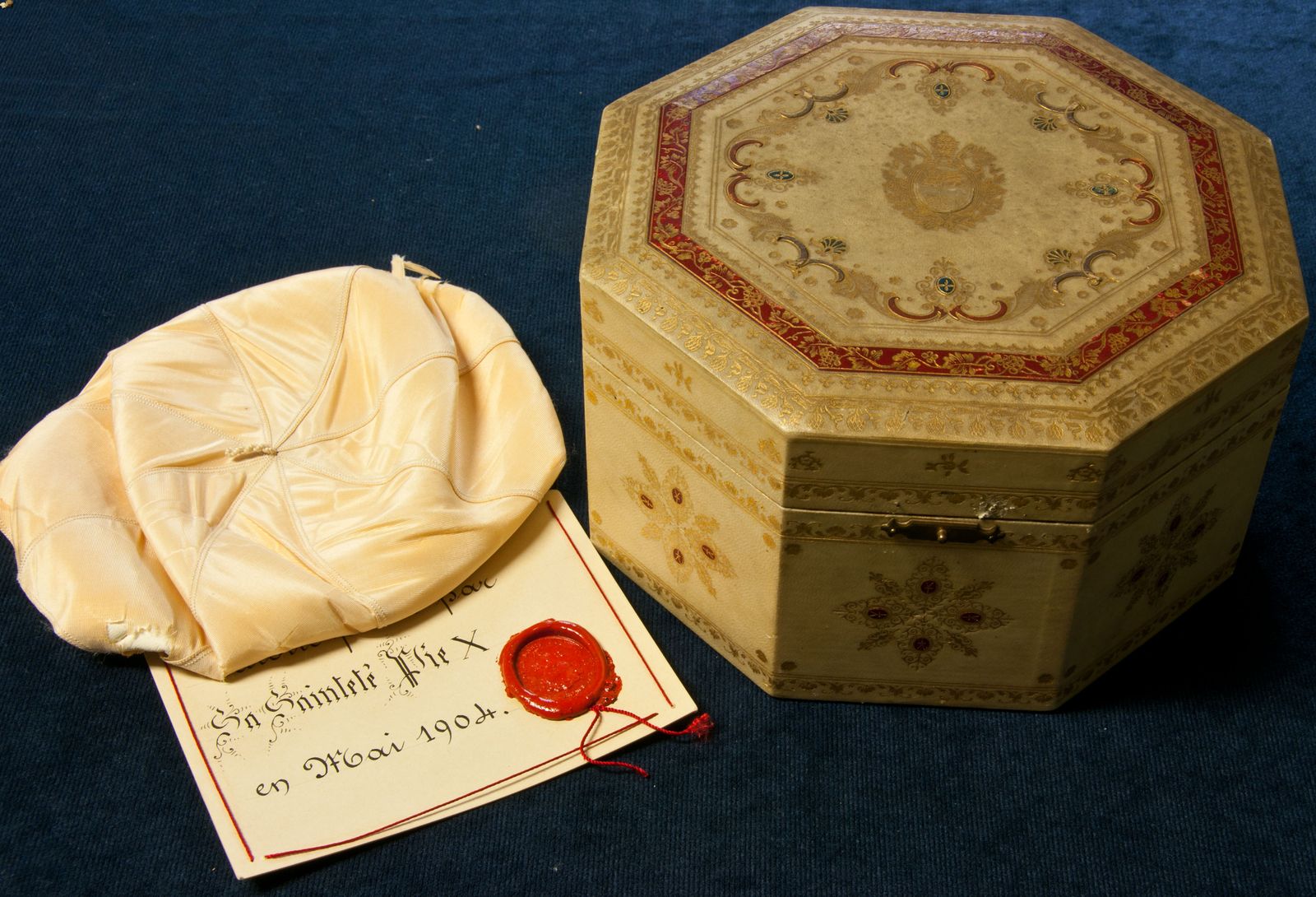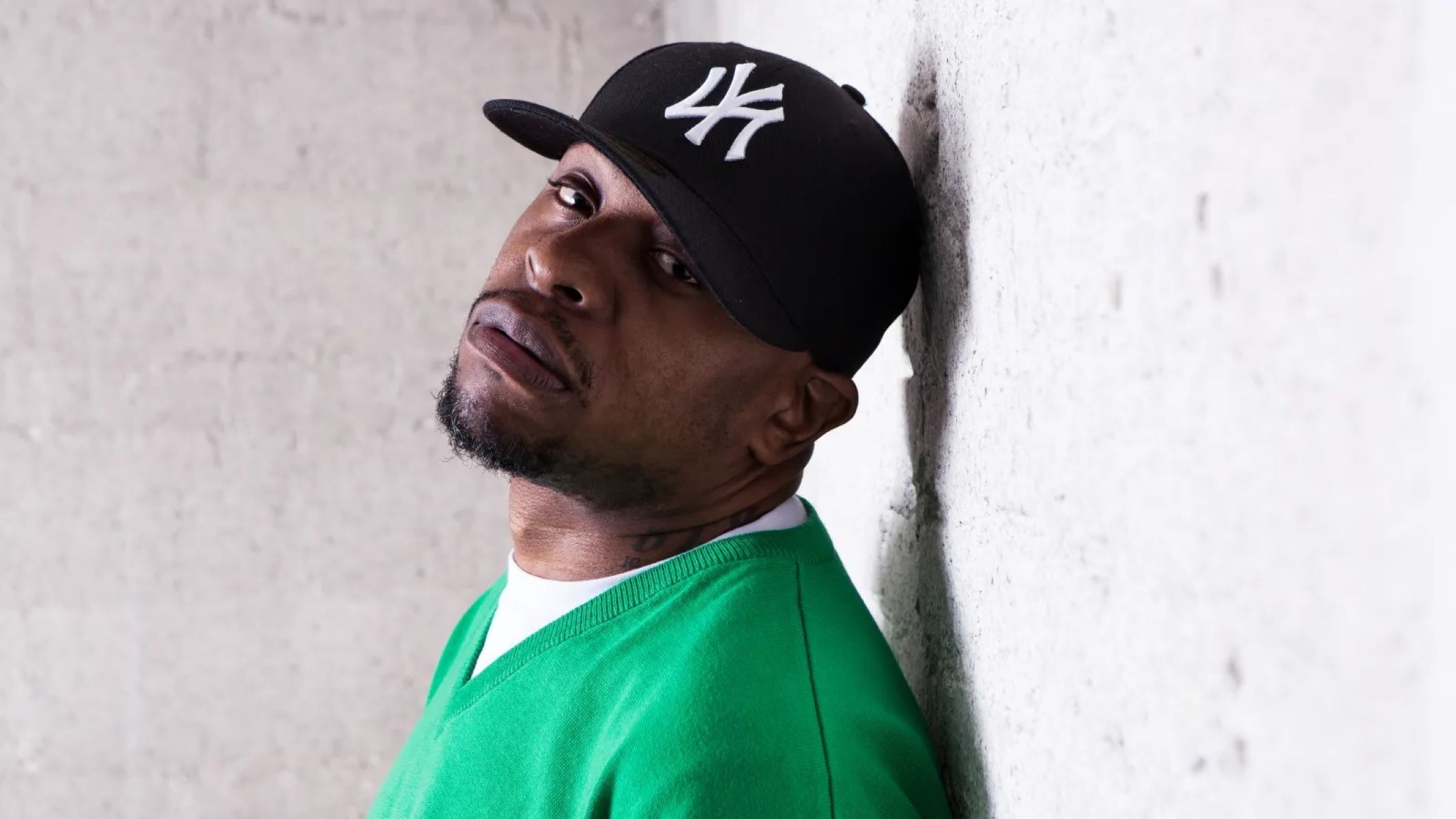
Ever noticed the small, round cap worn by clergy and wondered what it signifies? That’s a zucchetto, a traditional piece of ecclesiastical attire with a rich history. Originating from the Roman pileus, this skullcap has evolved over centuries to become a symbol of clerical rank and devotion. Made from silk or polyester, the zucchetto features eight triangular panels and a small stem for easy handling. Its color indicates the wearer's rank: white for the pope, scarlet for cardinals, and black for priests. This guide dives into the fascinating world of the zucchetto, exploring its design, significance, and variations across Christian traditions.
What is a Zucchetto?
The zucchetto is a small, hemispherical skullcap worn by clerics in various Christian traditions. Its history, design, and significance make it a fascinating piece of ecclesiastical attire. Let's dive into some intriguing facts about this unique headwear.
-
Definition and Origin
The zucchetto originated from the pileus, a close-fitting, brimless hat worn by Romans. The term "zucchetto" comes from the Italian word for "little cap." -
Construction and Design
Modern zucchetti are typically made of silk, though some use polyester. They consist of eight triangular panels joined at the tips to form a hemispherical shape. A small stem, called the "stirpes," protrudes from the central tip, making it easier to handle. -
Lining and Comfort
Traditionally, zucchetti have a thin white chamois lining to insulate and maintain shape. Inside the trim, a strip of velvet ensures a secure, comfortable fit. Modern designs often use synthetic cloth and simple natural linings.
Colors and Their Significance
The color of a zucchetto signifies the office held by the wearer. Each color represents a different rank within the clergy.
-
White
The pope's zucchetto is white, symbolizing purity and his unique position within the Church. -
Scarlet
Cardinals wear scarlet zucchetti, representing their willingness to defend the faith, even to the point of shedding their blood. -
Amaranth
Archbishops, bishops, territorial abbots, and territorial prelates wear amaranth-colored zucchetti, signifying their higher rank within the clergy. -
Black
Non-territorial abbots, priests, and deacons wear black zucchetti, a color associated with humility and service. -
Brown
Some Franciscans wear brown zucchetti to match their brown habits, reflecting their vow of poverty and simplicity. -
Purple
Anglican bishops often wear purple caps, though this can vary. Purple signifies their episcopal authority.
Variations in Different Traditions
Different Christian traditions have their own unique takes on the zucchetto, reflecting their distinct practices and beliefs.
-
Anglican Variations
In the Anglican tradition, the zucchetto can resemble the Catholic version or the Jewish kippah. Anglican bishops wear a six-panel cap with a button at the center, slightly larger than the Catholic version. -
Syriac Orthodox Tradition
In the Syriac Orthodox tradition, nearly all priests wear a seven-panel zucchetto. This cap is always black and embroidered with black Orthodox crosses.
Usage in Catholicism
The zucchetto holds a special place in Catholic tradition, with specific rules and customs governing its use.
-
Entitlement
All ordained men in the Latin Church are entitled to wear the black zucchetto unless promoted to a higher office. It is worn with either the cassock or liturgical vestments, never a suit. -
Tradition of Obtaining the Zucchetto
Clerics obtain their zucchetto from an ecclesiastical tailor or a retail church supply. Friends often buy a newly appointed bishop his first zucchetto. -
Etiquette and Protocol
Lower-ranking prelates must doff their skullcap to higher-ranking prelates. All prelates remove their zucchetti in the presence of the pope unless he prefers otherwise. The zucchetto is worn throughout most of the Mass, removed at the commencement of the Preface, and replaced at the conclusion of Communion. -
Storage and Care
A short zucchetto stand, known as a "funghellino" (little mushroom), can be placed near the altar for safekeeping. Prelates often give away their skullcaps to the faithful as keepsakes, a practice started by Pope Pius XII.
Historical and Cultural Significance
The zucchetto has a rich history and cultural significance, reflecting its enduring presence in various Christian traditions.
-
Historical Development
Ecclesiastics have worn the zucchetto since the 13th century. Initially used to cover tonsured heads in cold churches, its design and materials have evolved over time. -
Symbolism and Significance
The zucchetto symbolizes clerical status and office. Its color and design distinguish different ranks within the clergy, reminding the wearer of their commitment to their faith. -
Cultural Significance
Beyond ecclesiastical contexts, the zucchetto represents a tradition spanning centuries and various Christian denominations. It connects wearers to the past and symbolizes continuity within religious institutions. -
Modern Trends
While traditional materials like silk are still used, modern zucchetti often incorporate synthetic materials for durability and ease of maintenance. Contemporary trends favor simpler, more natural linings. -
Papal Involvement
Popes have played a significant role in the tradition of wearing the zucchetto. The practice of giving away zucchetti to the faithful as keepsakes has been continued by several popes, including Pius XII, John Paul II, Benedict XVI, and Francis.
The Zucchetto: A Symbol of Tradition and Faith
The zucchetto isn't just a cap; it's a piece of history and tradition. Worn by clerics across various Christian denominations, its colors and design signify different ranks within the clergy. From the pope's white zucchetto to the black ones worn by priests, each color tells a story. The construction of the zucchetto, with its eight triangular panels and central stem, showcases craftsmanship and attention to detail. Over centuries, it has evolved but remains a symbol of faith and commitment. Whether in the Catholic, Anglican, or Syriac Orthodox traditions, the zucchetto connects wearers to a rich heritage. Its presence in religious ceremonies and daily clerical life underscores its importance. The zucchetto stands as a testament to the enduring legacy of ecclesiastical attire, bridging the past with the present.
Was this page helpful?
Our commitment to delivering trustworthy and engaging content is at the heart of what we do. Each fact on our site is contributed by real users like you, bringing a wealth of diverse insights and information. To ensure the highest standards of accuracy and reliability, our dedicated editors meticulously review each submission. This process guarantees that the facts we share are not only fascinating but also credible. Trust in our commitment to quality and authenticity as you explore and learn with us.


